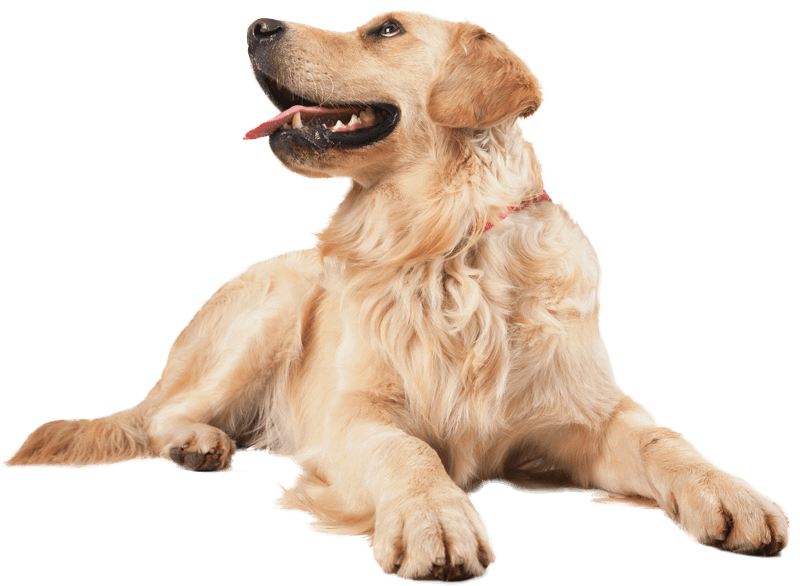Diabetes and your pet
Diabetes mellitus is a metabolic disorder that occurs when the body is unable to control blood sugar levels. There are two types of diabetes, Type I and Type II.
Type I
Also known as insulin dependent diabetes mellitus, occurs when the body is unable to produce insulin. Insulin is a hormone released when blood sugar levels are high, such as after meals, and directs cells in the body to move sugar out of the blood stream and into cells for storage or energy.
Type II
Unlike Type I, in Type II diabetes, insulin is being produced but the body becomes less responsive to its effects, which is why it is also called non-insulin-dependent diabetes mellitus. Regardless of the cause, both forms of diabetes result in chronically elevated blood sugar levels that damage capillaries and lead to different complications like nerve damage, kidney failure, and even death.
Risk Factors in Cats
- Obesity
- Age (older cats are more susceptible)
- Neutered males
- Genetics
- Other insulin-resistant disorders or diseases, such as:
- chronic pancreatitis (inflammation of the pancreas)
- hyperthyroidism (overproduction of thyroid hormones)
- Physical inactivity
- Indoor lifestyle
Risk Factors in Dogs
- Age (middle-aged to older dogs are more affected)
- Unspeyed females
- Genetics
- Obesity
- Breed–these breeds have a higher risk for developing diabetes:
- Cocker Spaniels
- Dachshunds
- Dobermanns
- German Shepherds
- Golden Retrievers
- Labrador Retrievers
- Pomeranians
- Terriers
- Toy Poodles
- Miniature Schnauzers
- Keeshounds
Symptoms of Diabetes (Dogs & cats)
- Excessive thirst
- Excessive urination – your pet produces more urine per day or has accidents in the house
- Excessive hunger while losing weight
- Lethargy (less active/sleeps more)
- Does not groom (cats)
- Cloudy eyes
- Thinning, dry, and dull fur
Treatment
 Fortunately, diabetes is manageable. With the right medications, diet and weight loss, diabetes can usually be controlled. The goal of treatment is to prevent high blood sugar or hyperglycemia. Insulin is the primary treatment for both dogs and cats. There are several different types of insulin available with different durations of action.
Fortunately, diabetes is manageable. With the right medications, diet and weight loss, diabetes can usually be controlled. The goal of treatment is to prevent high blood sugar or hyperglycemia. Insulin is the primary treatment for both dogs and cats. There are several different types of insulin available with different durations of action.
In addition to medications, diet and weight loss are just as important when it comes to treating diabetes in pets. Talk to your Fur Life Vet about what, if any, nutritional changes are necessary for your pet.
Weight loss is important because obesity is a common cause of insulin resistance. Fatty tissue releases factors that impair the effects of insulin. To promote weight loss, you should exercise your pets in addition to following your vet’s dietary suggestions. Encourage active play and exercise for both dogs and cats.
